What Is Cavus Foot (High Arch)?
Cavus foot is a condition characterized by a ‘high arch’ in the structure of the foot. This leads to a tendency to bear the majority of your weight on the ball of your foot, or the heel. This malformation places serious strain on certain areas of the foot and will often lead to the development of other foot and ankle conditions. Cavus foot has a range of signs and symptoms, such as pain and instability. It can develop at any age and can occur in one or both feet. Cavus foot is far more common than you may think, with estimates ranging from 10 to 25% of the population experiencing Cavus foot to some degree.
Causes
Cavus foot has been known to develop due to a neurologic disorder or other medical condition, such as:
- cerebral palsy
- Charcot-Marie-Tooth disease
- spina bifida
- Polio
- muscular dystrophy
- Stroke
It is also possible that your high arch may be caused by an inherited abnormality. It is important to obtain an accurate diagnosis because the underlying cause of Cavus foot can tell experts a lot about how the condition will progress. Neurologic disorders or other medical conditions will likely cause the condition to progressively worsen. However, cases of cavus foot that are due to a hereditary bone structure are less likely to continue to progressively worsen
Symptoms of Cavus Foot
The arch of a cavus foot can be visually detected even while the patient is standing. In addition, you may experience one or more of the following symptoms:
- Hammertoes or claw toes (toes clenched like a fist)
- Calluses
- Standing or walking causes pain
- Structural instability, frequent ankle sprains
Diagnosing Cavus Foot
The foot and ankle surgeon examines the foot for symptoms and familiar signs. You will likely have your muscle strength tested, while experts observe your walking pattern and coordination. Another key indication is the wear pattern that will be present in your shoes, indicating high-pressure areas. In addition, the surgeon may refer the patient to a neurologist for a complete neurologic evaluation.
Nonsurgical Treatment Methods
Nonsurgical treatment of cavus foot may include one or more of the following options:
- Orthotic devices – providing comfort and support
- Shoe modifications – designed to improve your stability
- Bracing – an effective way to combat ‘foot drop
When Is Surgery Necessary?
If your Cavus foot is the result of hereditary genetic structure and you have not found any relief from non-surgical options, your surgeon may recommend having the condition corrected with surgery. If your Cavus foot is being caused by a neurological disorder, understand that you will likely need to repeat this surgery as your condition adapts and progresses
Cavus Foot/High Arch Therapy in Algonquin, Illinois
If you have any additional questions about this condition or feel like you may be experiencing the symptoms related to Cavus Foot / High Arch, reach out to the experts at Foot and Ankle Specialists of Illinois today! Call our offices or schedule an appointment online today!

